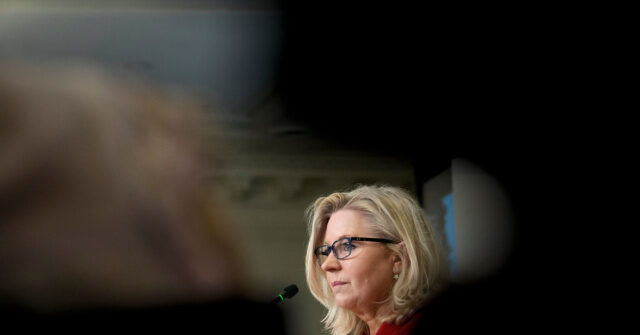In the lead-up to an important election, the Harris campaign faced significant backlash from former President Donald Trump’s supporters and some establishment media figures regarding claims that Trump had called for Liz Cheney to be executed. Critics of Trump, especially those aligned with the Never-Trumper faction, suggested that Harris’s assertions indicated a desperation to discredit Trump before the looming election. This situation highlights the tension and polarization in contemporary political discourse, particularly as candidates leverage charged rhetoric to influence public perception.
Trump’s comments about Cheney, which were labeled as incendiary by various media outlets, were misrepresented, according to some analysts and commentators. Rather than inciting violence against Cheney, Trump’s remarks were an indictment of the war hawk mentality prevalent among established politicians willing to deploy troops into dangerous situations. He suggested that these politicians, including Cheney, would not be as eager to support military action if they had to face the consequences directly on the battlefield. Trump’s provocative imagery aimed to illustrate the disconnect between the comfortable political environment in Washington and the realities faced by soldiers in combat.
Prominent political figures voiced their criticism of the interpretation of Trump’s statements. Joe Walsh, a former congressman, emphasized that the clip circulated was misleading and did not reflect the complete context of Trump’s message. He argued that Trump was not calling for Cheney’s execution, but rather criticizing her support for military interventions while remaining safely ensconced in Washington. Other analysts, including Vox’s Zach Beauchamp and Free Press columnist Kat Rosenfield, also echoed this sentiment, asserting that the narrative spun around Trump’s comments misrepresented his intent and the broader conversation about military involvement.
This incident was not an isolated one; earlier, Vice President Harris accused Trump of wanting to control women’s bodies, framing his comments in a way that suggested an extreme and patriarchal perspective. Trump’s full statement revealed an intention to protect women and children from potential dangers, including crime by migrants and foreign threats. Nonetheless, Harris interpreted his remarks to dismiss women’s agency and their ability to make decisions regarding their lives, which sparked more debate over how political messages are communicated and perceived.
The broader conversation highlighted by this exchange centers on the manipulation of language and context in contemporary politics. Matt Boyle from Breitbart News underscored the strategy employed by the Harris campaign of taking Trump’s words out of context to serve political ends. This tactic of distorting messages to create politically advantageous narratives has become increasingly commonplace, contributing to the climate of mistrust and division among voters.
As the election approaches, the fight over narratives will likely continue, with both sides striving to frame issues in ways that resonate with their respective bases. The episode between the Harris campaign and Trump exemplifies the challenges facing political communication in the current landscape—where context often takes a backseat to sensationalism and where every statement is scrutinized through a lens of partisan bias. As voters head to the polls, they will navigate this complex web of information, attempting to discern truth from spin in the charged atmosphere of modern electoral politics.

